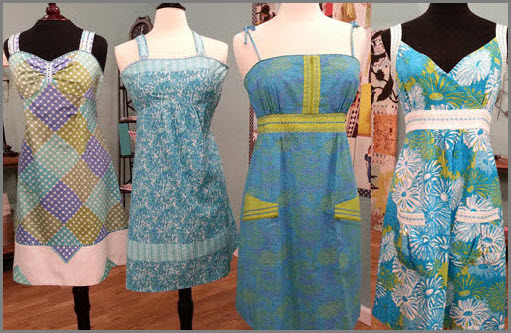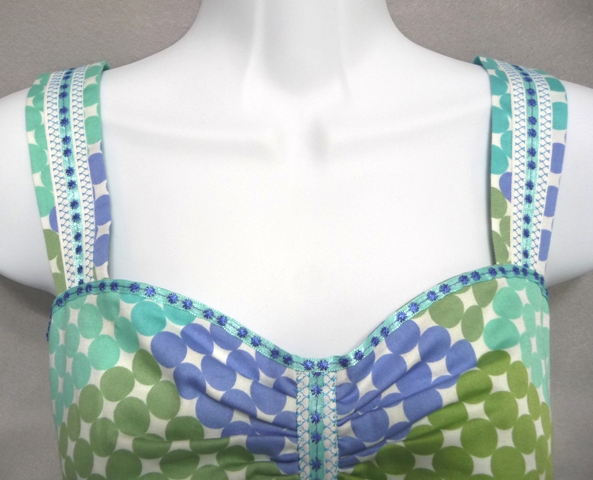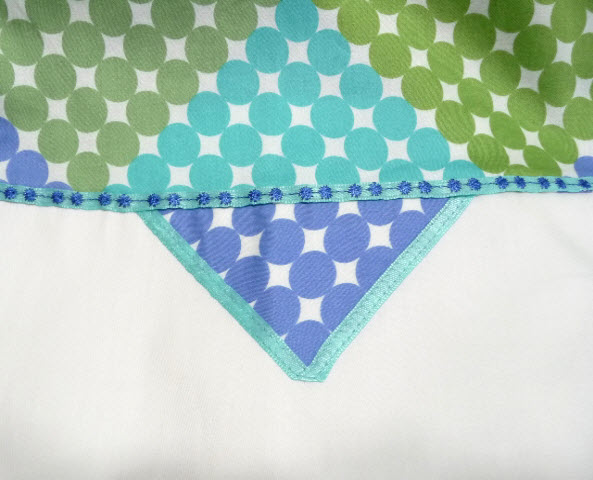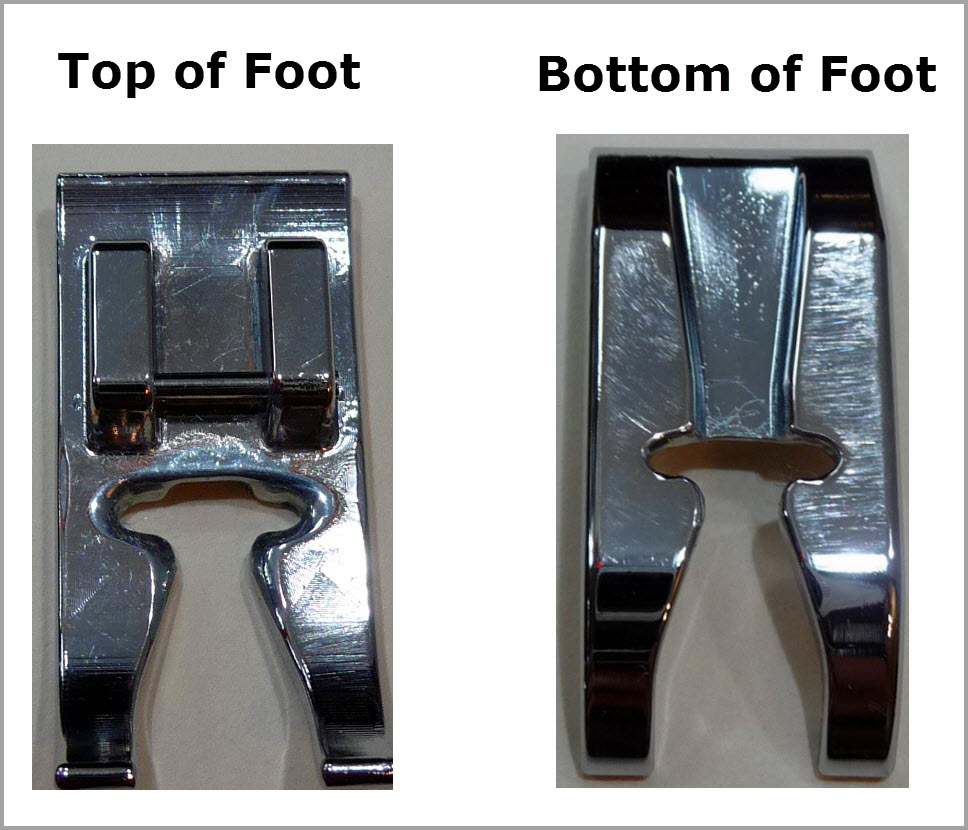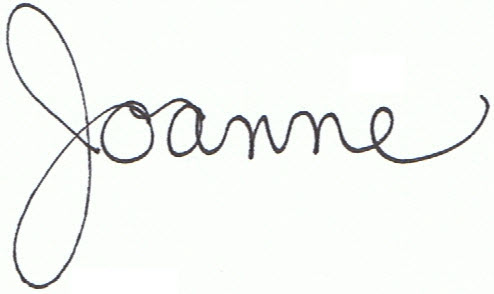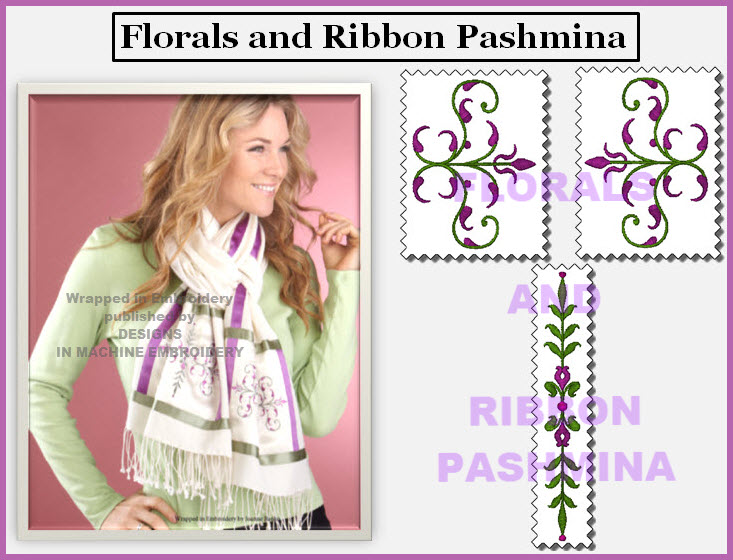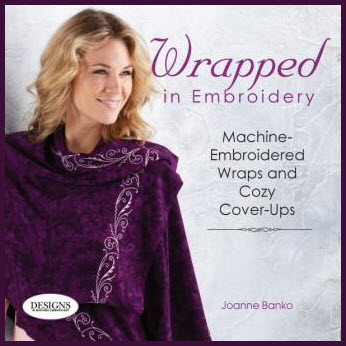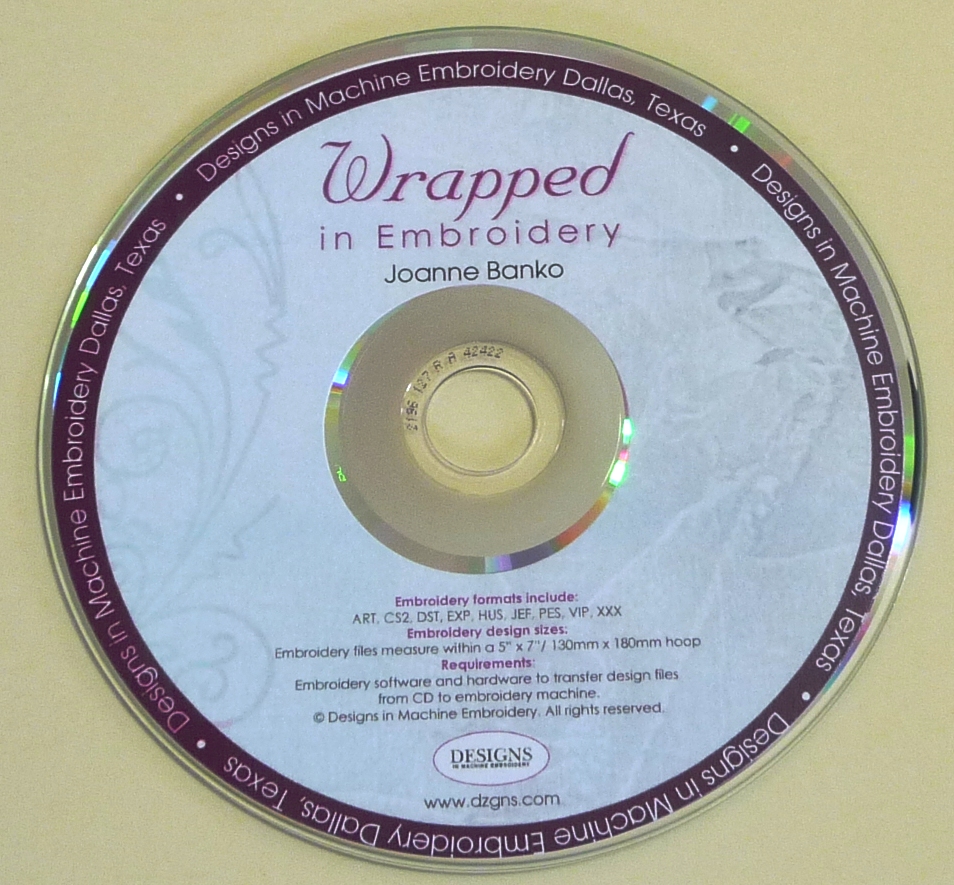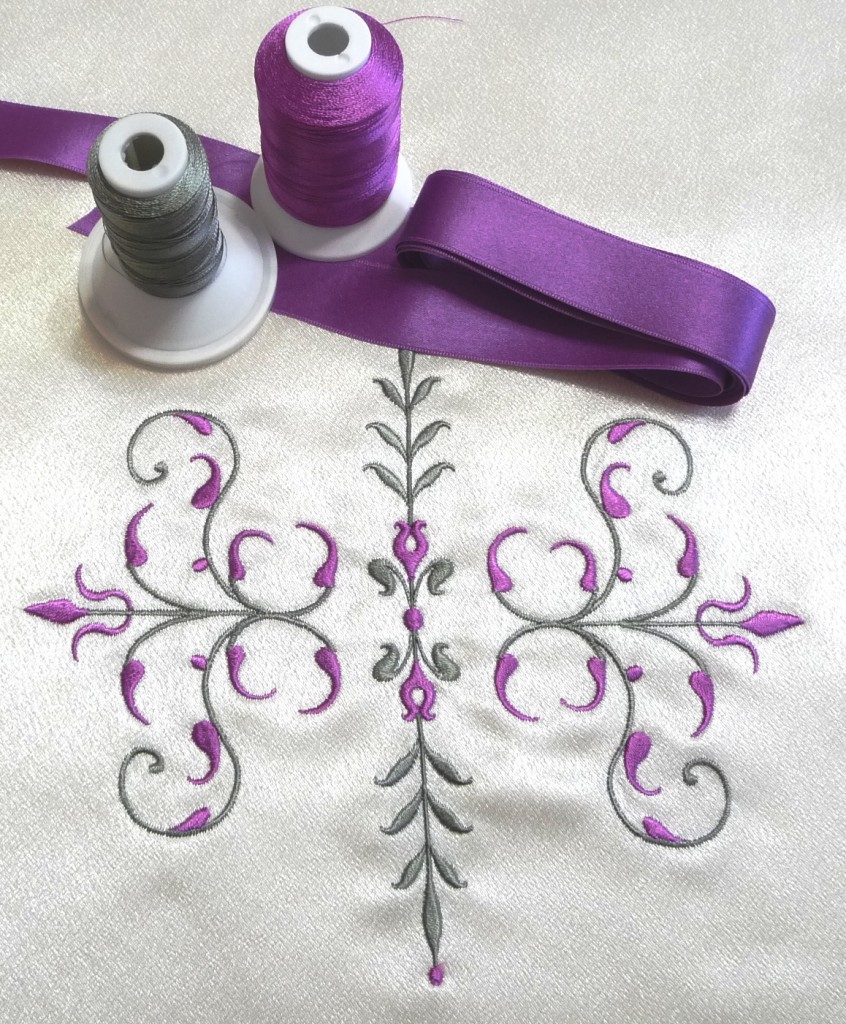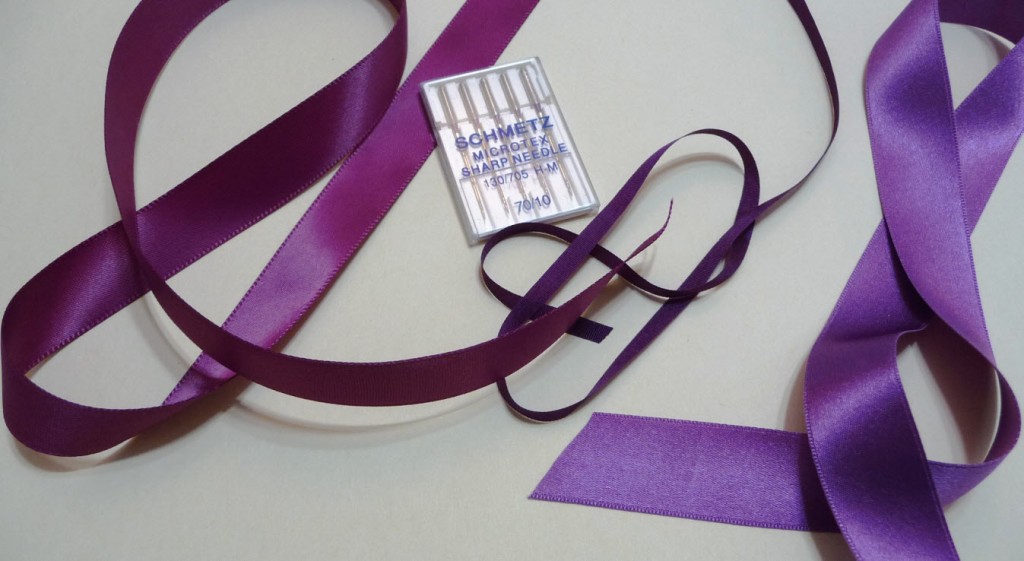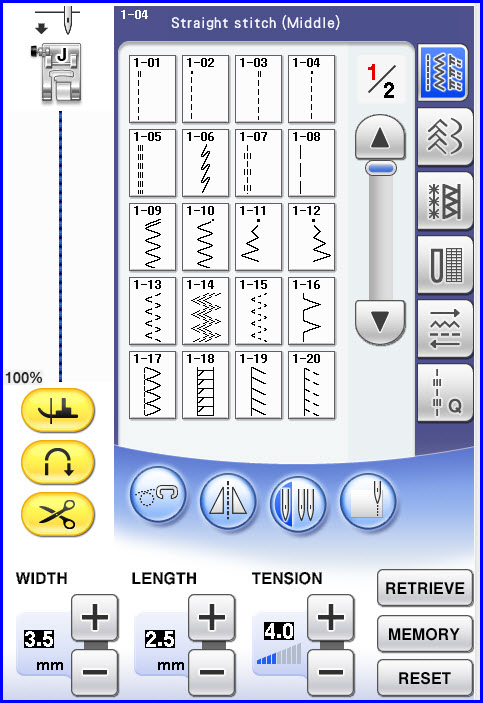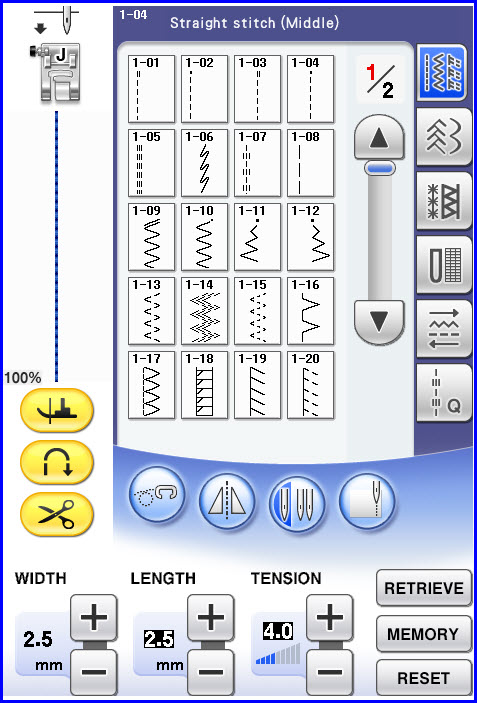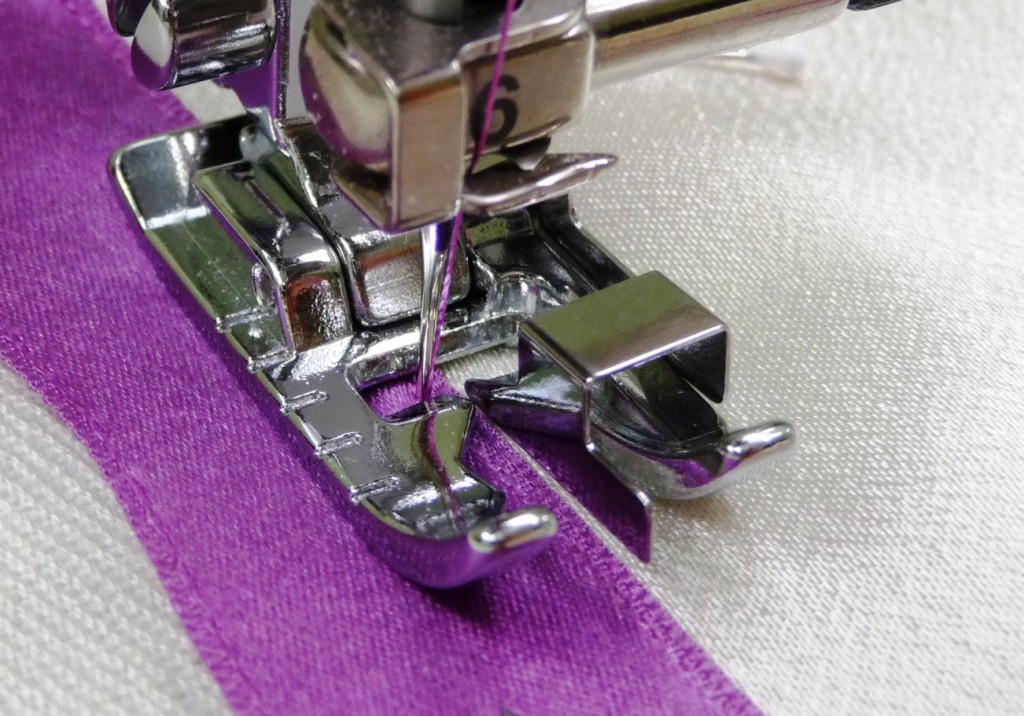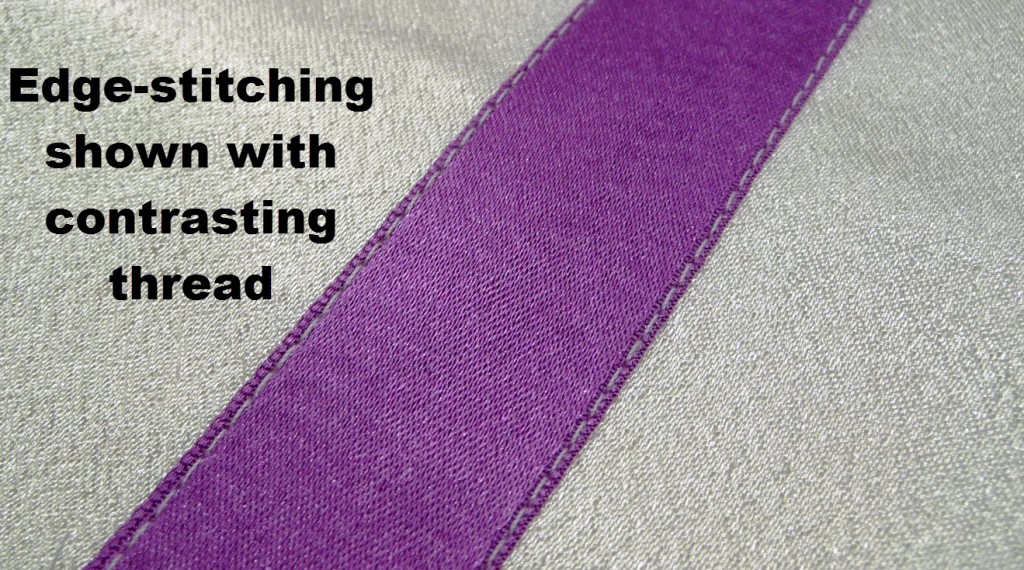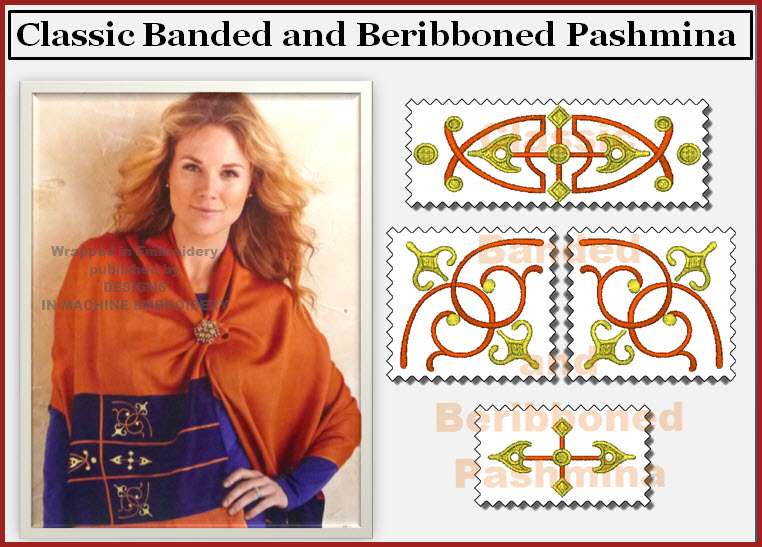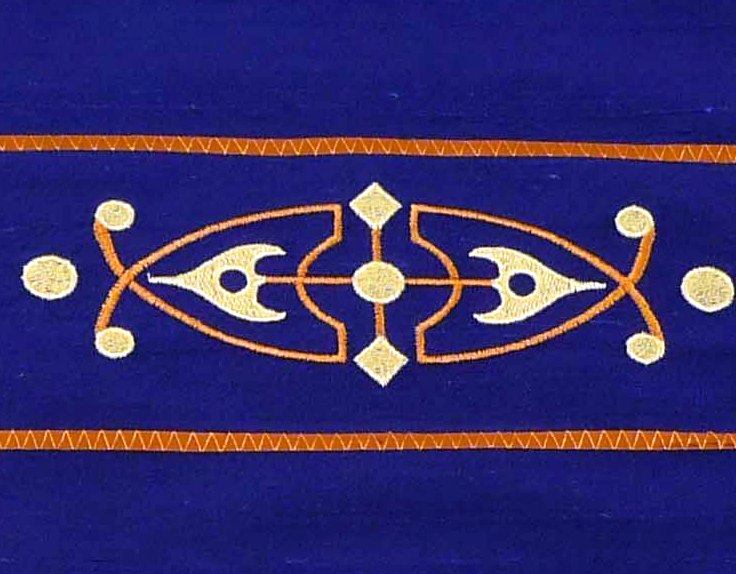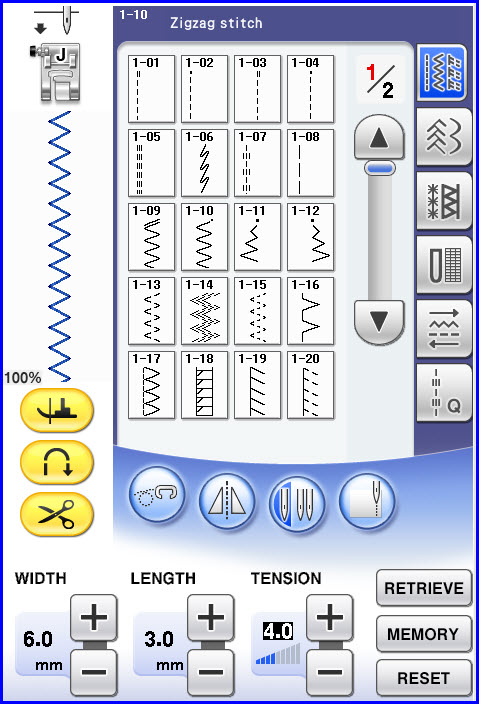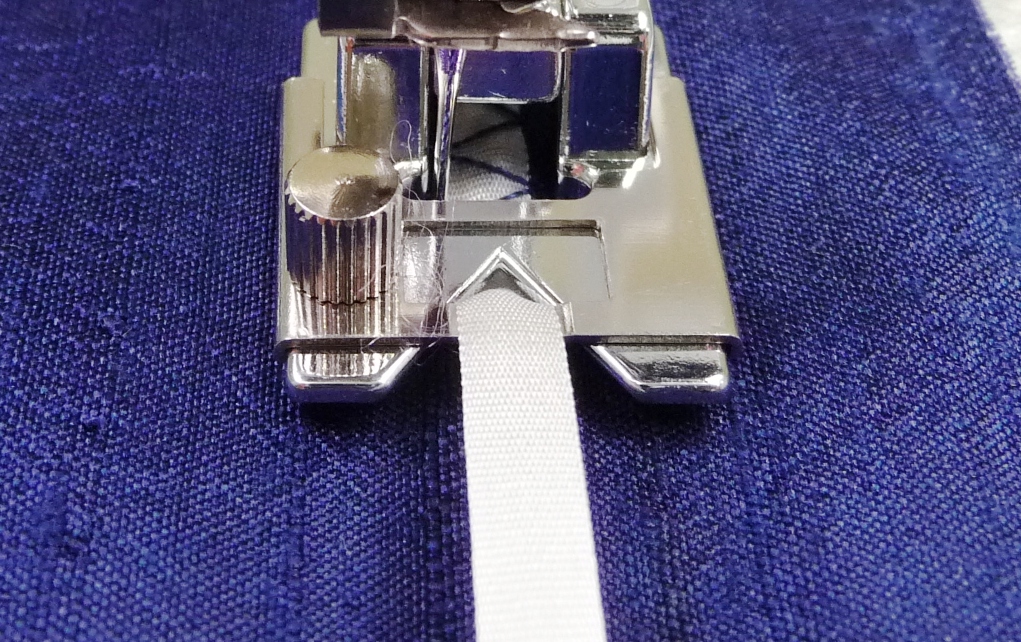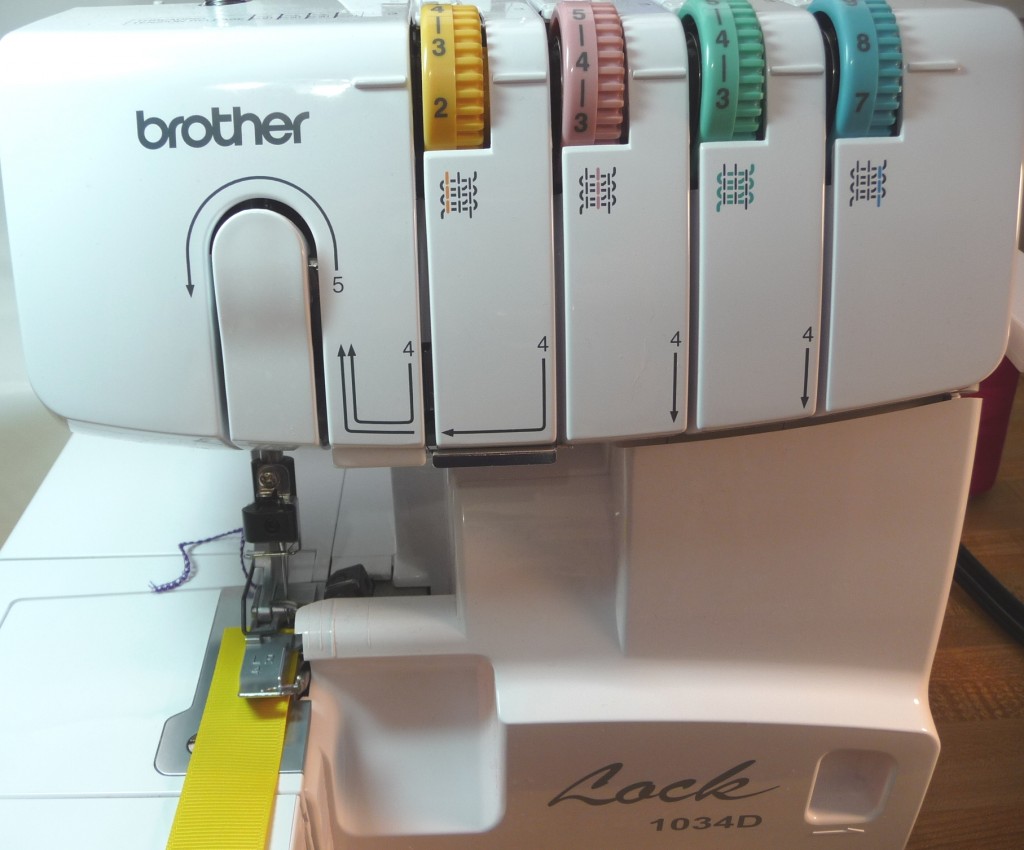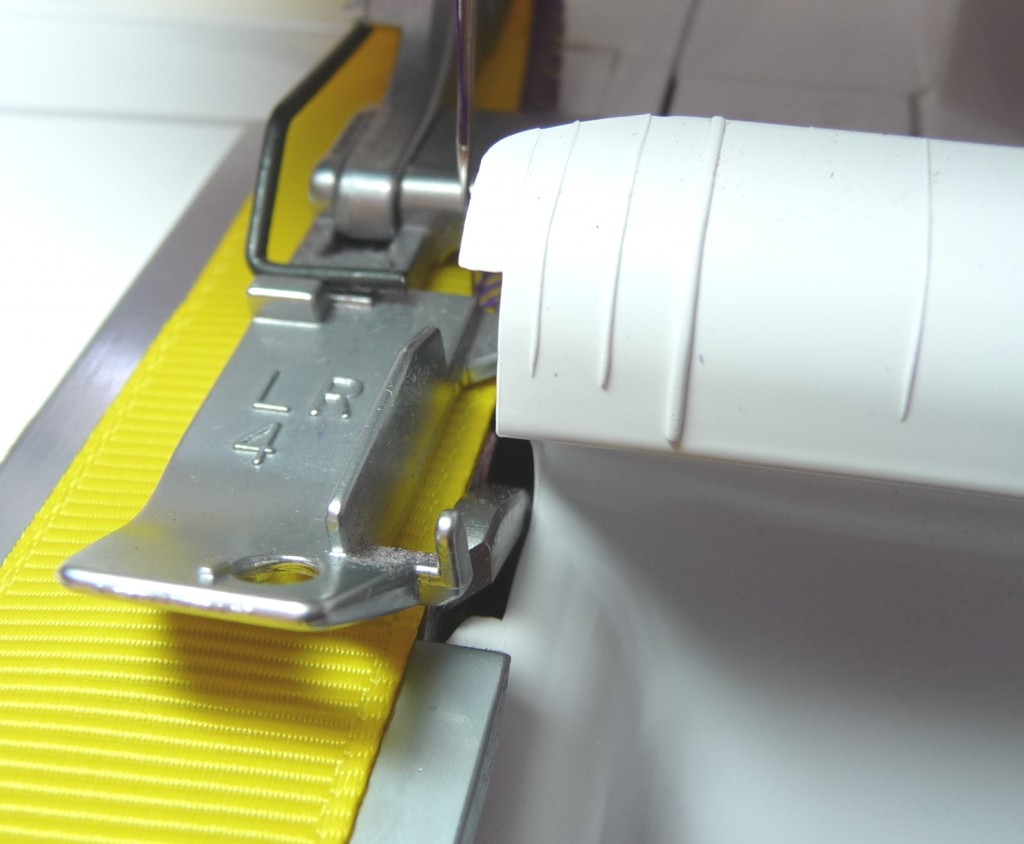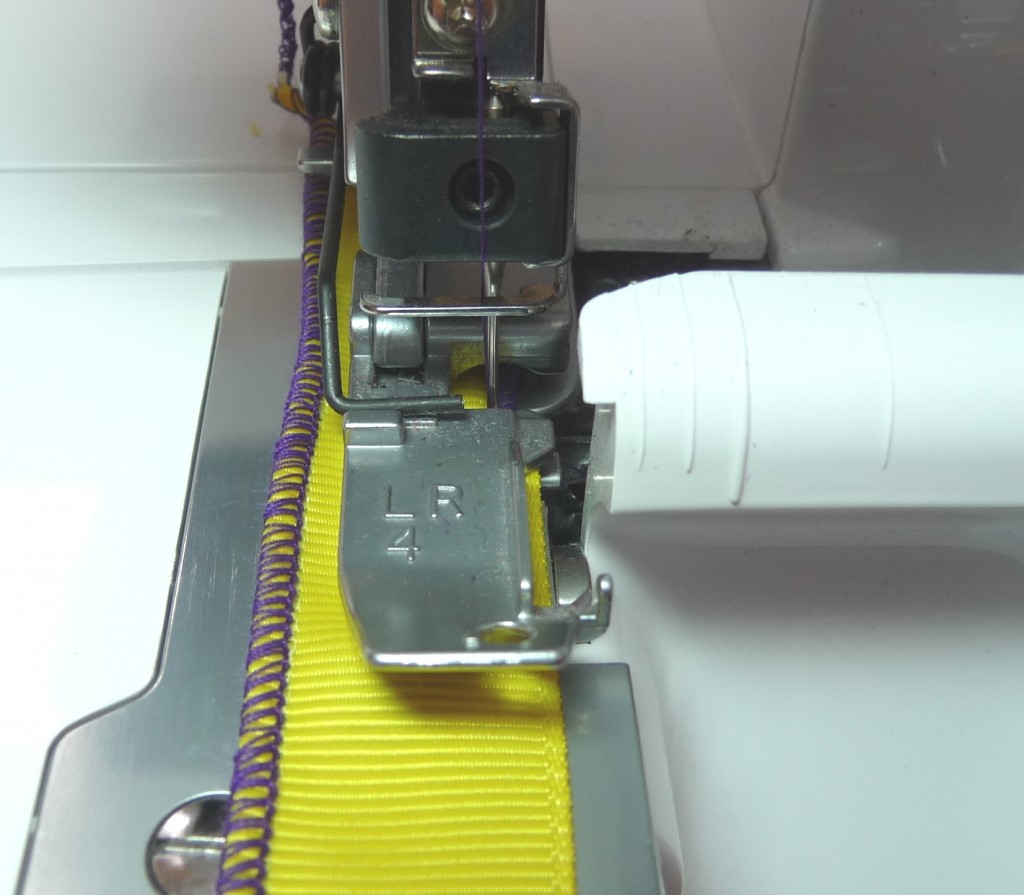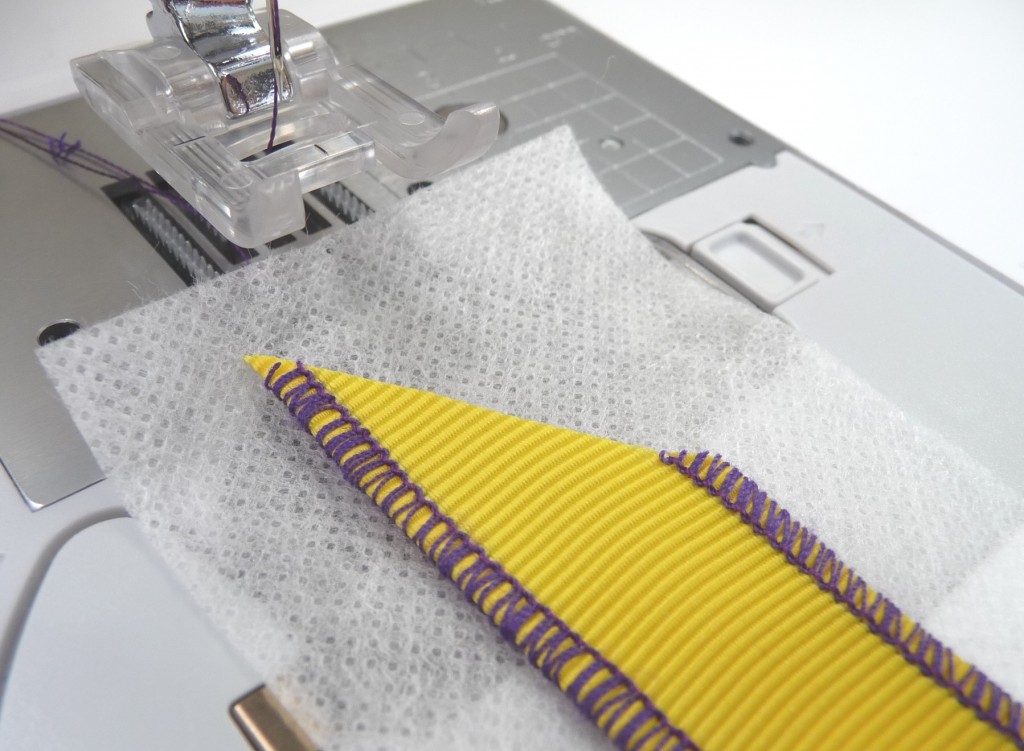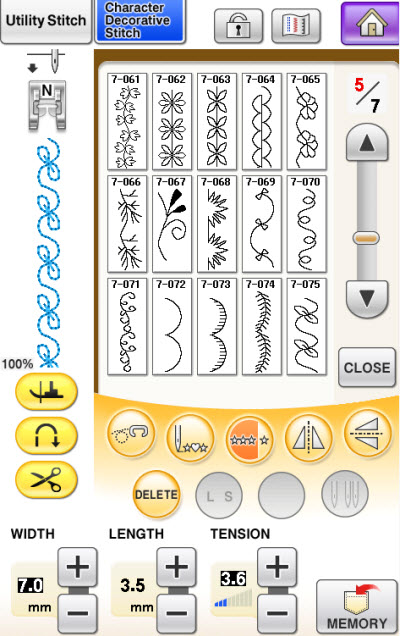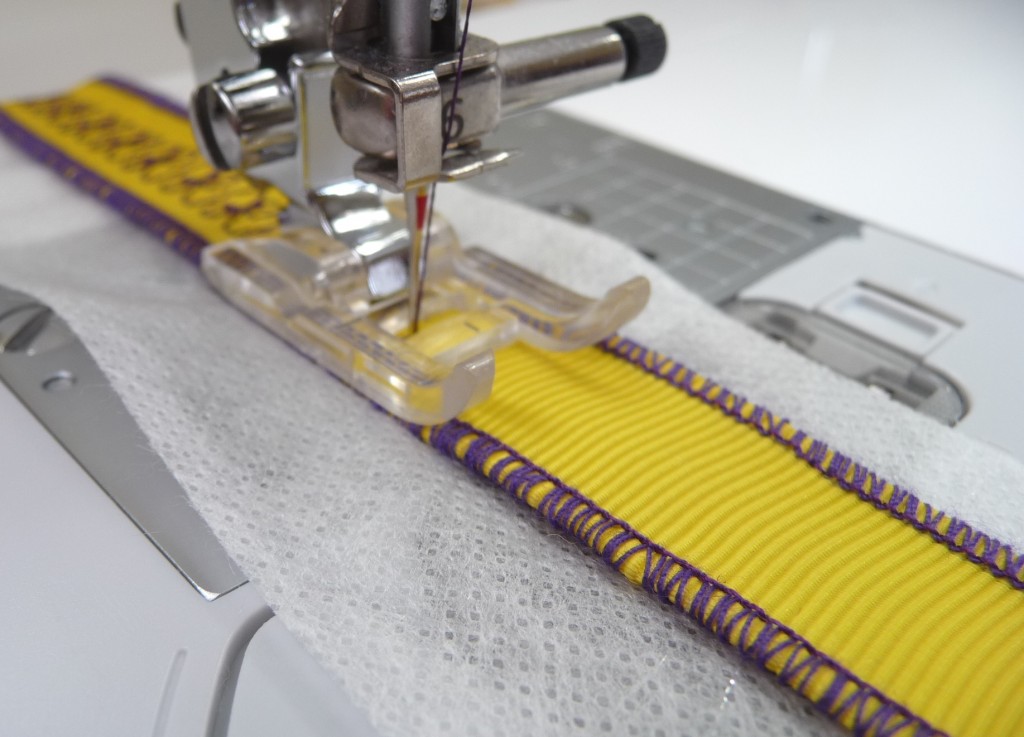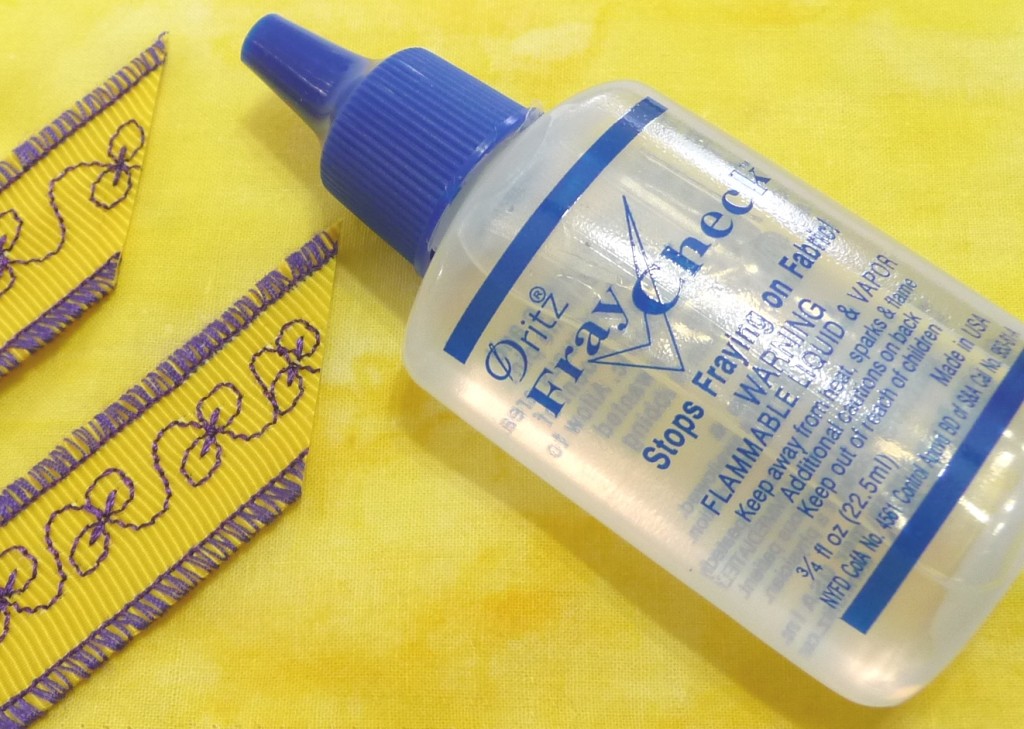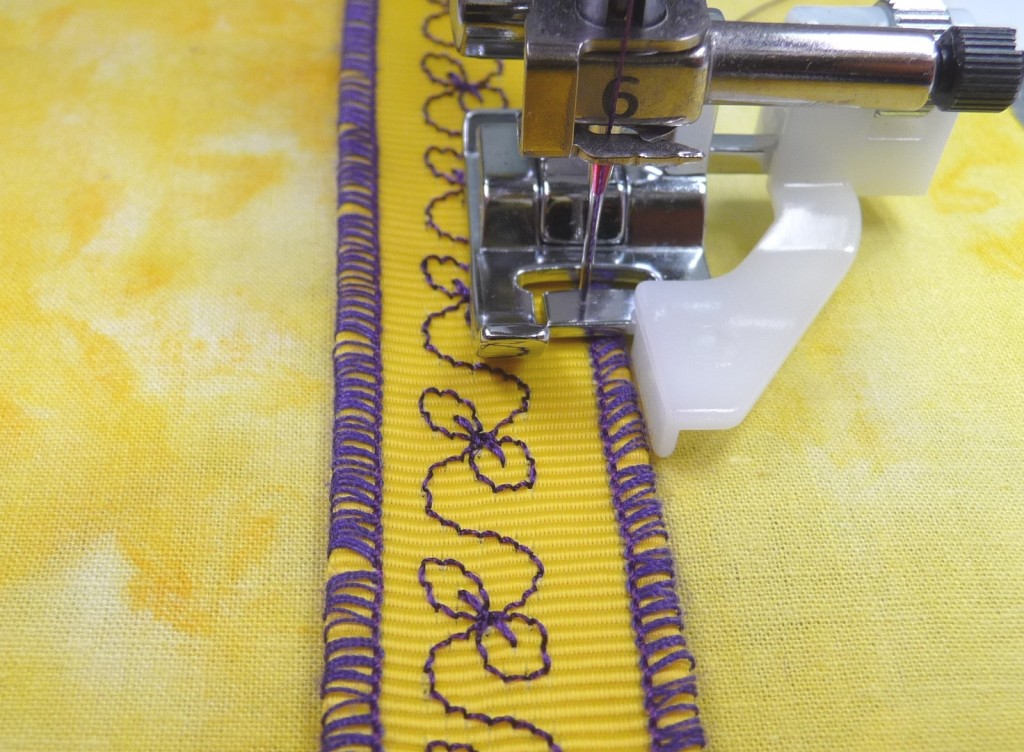AllBrands.com is excited to announce our second Bayou Embroidery University. Come join us at the Baton Rouge River Center for two days of hands on embroidery in our Interactive Workshop. We have assembled two of the Best educators in the business to instruct you. Come meet Embroidery Expert, Angela Wolf, host of the television show It’s Sew Easy, and also Embroidery Expert, Joanne Banko. We will also have in attendance National Educators Coleen Swettman, Barb Mikolajczyk, Jude Spanski, and Brenda Anderson. Join us for some very unique tips and tricks to help you create your one of a kind master piece. Don’t miss this exciting opportunity to spend two days of embroidery, education, and fun. Gain valuable knowledge and experience. Leave inspired with new unique techniques, projects, memories, and most of all, make new friends. You’ll learn the secrets and tips to stitch like a pro. Learn how to use embroidery to transform everyday items into money making projects with your hobby. You will be inspired with embroidery techniques and projects that are easy, exciting, fabulous, and fun. You will be part of a very special event like none that you’ve ever experienced. Click Here To Learn More
Category: Joanne Banko
Dress Up with Decorative Stitches – Joanne Banko
Dress Up with Decorative Stitches – Part Three of Easy Embellishments
by Joanne Banko
Let’s Get Started
Today I’d like to share some embellishment techniques I used for a group of dresses featured on the popular PBS TV show, It’s Sew Easy. This informative sewing show is produced by KS Productions Inc. and airs all over the country. Check local PBS listings for show times in your area. Designers and teachers involved in every aspect of the sewing and embroidery industry are featured on this show. It’s Sew Easy will help you enhance your sewing skills and have more fun in your own sewing space!
In addition to watching the PBS TV show, you can view segments on itsseweasytv.com. Each week a new episode is uploaded and remains online for a full week. Visit the site this Friday, May 16, 2014 you will see me demonstrate decorative techniques for dresses on Episode 608, titled Classic Use of Ribbons and Trims. Join the website and you’ll gain access to the entire archive of free project downloads, which includes valuable tips and a helpful supply list for the dresses seen on episode 608.
You’ll get lots of information and inspiration by watching the show but in this post I’d like to share some additional insider tips, techniques, and ideas with my Allbrands blog friends.
I love to sew garments and I had a lot of fun creating each of these dresses “from scratch.” Using a couple simply styled sundress patterns as my starting point, I added contrasting fabric bands in strategic places on four different dresses. Dress patterns are abundant right now so you’re sure to find something that suits your taste. Of course these same ideas will work for dresses with sleeves as well as many other garments.
Deciding where to add decorative dress bands is up to you. You may find dress patterns that already include a separate pattern for a band at the waist, hemline, etc. In addition, pocket tops, sundress straps, and bodice bands are perfect places for rows of decorative stitching. Feel free to add bands of fabric in other areas too! If you have a favorite pattern without a separate pattern piece, it’s easy to add a band by drawing a line, cutting the pattern, and adding seam allowance to each cut edge. When you sew the pieces back together you’ll end up with the same size piece you started with. You can cut apart most any pattern piece as long as you remember to add appropriate seam allowance. I like to trace the original pattern onto paper or tracing cloth, draw lines for placement of contrasting pieces, and then trace off new patterns to use for cutting my fabric. Consider inserting zippers for a fun and functional accent. I took a plain pocket piece and did just that for one of my sundresses.
In the show I talk about preparing your pattern and your fabric for the decorative stitching. In most cases I stitched multiple rows of decorative prior to constructing the garment. Ribbons add to the mix of dress embellishments. Decorative stitches combined with ribbons create a colorful, coordinated look. I used decorative stitches on ordinary ribbons in a recent blog for Allbrands. I invite you to CLICK HERE and read this post for a few additional basic ribbon stitching tips, including some needle, thread, and stabilizer guidelines.
To add ribbon to the sundress straps I placed my ribbon on top of the fabric piece and stitched through all the layers, anchoring the ribbon in place as I added the decorative stitches. Sundress straps become a focal point on the garment with a decorative ribbon stitched down the center. By repeating the technique on the bodice and the banded hem this dress gets a designer style touch that makes it unique. For the banded hem and the bodice I chose to stitch the ribbon separately on a base of stabilizer. Then I used a fine fusible webbing to attach the ribbon to the dress.
On another dress I selected a sheer ribbon and sewed a light weight decorative stitch down the center. To stitch on this soft sheer ribbon I opted for a light weight fibrous type of water soluble stabilizer, instead of my usual tear away stabilizer. I use this type whenever I need stabilizer to totally disappear when I’m finished. For added stability I layered a strip of stabilizer over the top and bottom of the ribbon. After washing out the stabilizer I used a narrow zig-zag stitch to attach the ribbon to the upper embellished band. I had a bit of leftover ribbon so I gathered the edge of two small pieces and formed little rosettes to decorate the straps. The resulting trim is subtle but pretty.
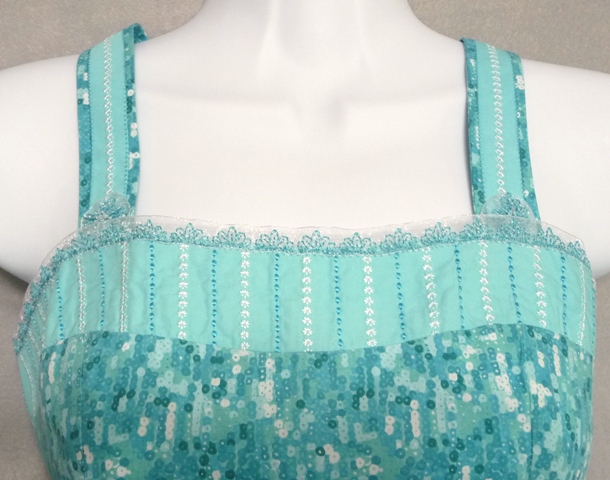
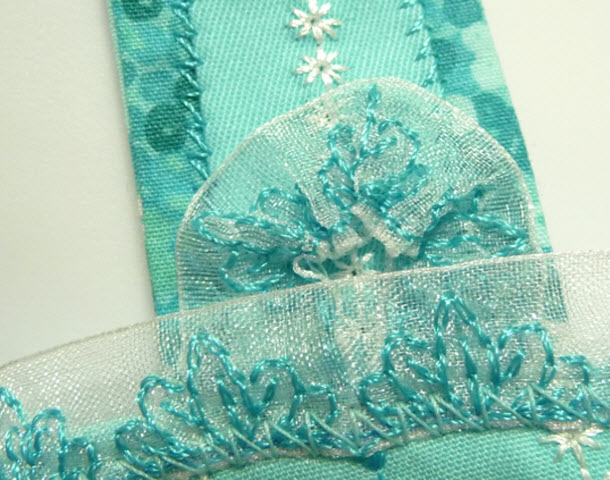 While creating the dresses I had fun playing with different decorative stitches. Some of the bands feature candlewick style stitches. You may have a stitch like this built in to your machine. Candlewick stitches are usually defined as a stitch that resembles a hand sewn French knot, or a little star like stitch that produces a heavy bump, almost like a bead. The dress in the photo above has alternating rows of the French knot style stitch, shown in turquoise thread. My zippered pocket shows an example of the star style candlewick stitch on the lime green accent piece. There are quite a few variations of this stitch found on different machines. It is likely you’ll need a Candlewicking presser foot to successfully sew these bulky stitches. This foot has a deep groove running the full length of the foot, gliding over the bumps formed by candlewick stitches.
While creating the dresses I had fun playing with different decorative stitches. Some of the bands feature candlewick style stitches. You may have a stitch like this built in to your machine. Candlewick stitches are usually defined as a stitch that resembles a hand sewn French knot, or a little star like stitch that produces a heavy bump, almost like a bead. The dress in the photo above has alternating rows of the French knot style stitch, shown in turquoise thread. My zippered pocket shows an example of the star style candlewick stitch on the lime green accent piece. There are quite a few variations of this stitch found on different machines. It is likely you’ll need a Candlewicking presser foot to successfully sew these bulky stitches. This foot has a deep groove running the full length of the foot, gliding over the bumps formed by candlewick stitches.
If you have a Brother Model machine with the My Custom Stitch™ feature you can create candlewick stitches right on the screen of the machine. It’s a simple matter of plotting stitch points along a special gridline. These stitch points then serve as coordinates telling the machine how to form the stitch. There is an entire book aptly titled My Custom Stitch™ written to guide you in creating your own special stitches. CLICK HERE to research Brother Model machines that include the My Custom Stitch™ feature. On this same page you will find a link from Allbrands to the Brother Design Studio where you will discover many free My Custom Stitch™ design coordinates, including the French knot style candlewick stitch. Follow the path outlined below to locate this stitch, along with many more My Custom Stitch™ coordinates available from Brother.
These dresses are perfect for making use of the many decorative stitches available for your particular machine. To use decorative stitches to the fullest, I encourage you to consider making a sampler of the stitches built in to your machine. If you add a new My Custom Stitch™ to your repertoire you will want to stitch a sample of that stitch too. To make your sampler, select a firm woven fabric in a light color, adding medium weight fusible interfacing to the wrong side. Place an additional layer of tear away underneath. Use contrasting thread to sew out each stitch in your entire stitch menu, from beginning to end. I’m sure you’ll see many stitches that are far more beautiful in thread than they are on the screen of your machine or printed in the instruction manual. Keep your sampler handy and it will inspire you to use those pretty stitches more often. I hope these ideas empower you with motivation to make your own summer sundress or apply these decorative techniques to other garments and crafts.
For those of you have been following this series you may recall that last time I said I would talk about embellishing ribbons with bobbin work decorative stitching. Bobbin Work stitchery isyet another of my all time favorite embellishment techniques. I promise to cover that subject next time as I finish up this series. Until then, happy sewing from your sewing friend,
About the author: Joanne Banko is a freelance sewing educator and a self proclaimed sewing cheerleader. You can see Joanne’s online teaching segments broadcast on the popular PBS TV show, It’s Sew Easy, and online at www.itsseweasytv.com. She is a frequent contributor to Designs in Machine Embroidery magazine and author of the book Wrapped in Embroidery. The book is available at AllBrands.com. CLICK HERE for a preview. Visit Joanne at http://www.letsgosew.com/.
Part Two of Easy Embellishments
Part Two of Easy Embellishments
by Joanne Banko
Let’s Get Started!
Those of us who are hooked on machine embroidery know the excitement of watching an embroidery design take shape on a plain and ordinary piece of fabric. Whether it is a t-shirt, sweatshirt, or a towel, the addition of a machine embroidered motif turns plain into pretty and blank into beautiful. Simply select your embroidery design, choose your color scheme, hoop it up, and press the start button. In mere minutes you can transform ordinary into extraordinary! As a machine embroidery enthusiast I have certainly done my share of T-shirts and towels and I’ve embroidered on just about anything that I can get inside the embroidery hoop.
Awhile ago I started collecting pashmina scarves and discovered their versatility. They are as practical as they are elegant. Wear one as a shawl for warmth and good looks or as a chic oversized scarf. I began to envision classic embroidery designs stitched on a variety of pashmina wraps. Hence my book titled Wrapped in Embroidery began to take shape.
By the time I was finished I had designed a total of nine wraps and cozy cover ups to wear for a variety of both dressy and casual occasions. Wrapped in Embroidery includes embroidery designs, detailed instructions, and a complete supply list for decorating each of the nine wraps. Readers will find six embroidered wraps sewn from scratch and three ready-made pashmina wraps decorated with embroidered bands. I choose silk dupioni for the embroidered bands on two of the wraps but the ivory wrap you see at the top of the page features synthetic crepe back satin as the background for the embroidery designs. Both fabrics work equally well and you can use either one as the base for your embroidery. The book provides specifics for working with these fabrics and you’ll even find a bonus tutorial for pre-treating silk dupioni on the included CD. The embroidered bands on each of the three pashmina wraps feature color matched ribbons used to tie together the embroidery motifs and enhance the overall color scheme.
Framing embroidery designs with ribbons has become a favorite technique of mine and I thought you might like to give it a try. This is a simple technique you can use for many different embroidery projects. It’s especially effective when you are embroidering on a flat, plain piece of fabric. Think about using this idea to frame the design on the center of a pillow top, create borders and bands on home décor items such as table toppers and curtain valances, decorate hemlines on skirts and dresses, and just about anything else you can imagine! Here are a few tips and ideas meant to inspire you to embellish your embroidery with ribbons.
Planning is the key to any successful embroidery project. Here are some basic guidelines to get you started:
- Select your ribbon first and then plan the embroidery design colors around your ribbon color. Ribbon colors are limited when compared to the availability of thread colors. Shop with your ribbon in hand and match your thread as closely as possible.
- I usually use machine embroidery thread in the top and bobbin for sewing the ribbon. If you are torn between choosing thread slightly lighter or slightly darker than your ribbon, go for the darker shade.
- I have used both wide ribbons and skinny ribbons, silk ribbons and synthetic ribbons. Synthetic ribbon is less expensive and readily available and silk ribbon is soft and luxurious. Match the laundering requirements of your fabric and your trims making sure they are compatible.
- If your fabric is soft you may need to use a lightweight removable stabilizer to support the fabric as you attach the ribbons. I usually place a strip of light-weight tear away on the wrong side of the fabric.
- I recommend a fine, sharp sewing machine needle, such as the size 10 Microtex needles found in this Schmetz assortment.
With the basics behind us, let’s go sew! Below you will find some techniques for sewing wide and narrow ribbons using special accessory feet to make the task easier and more accurate. For the wide ribbons I prefer to stitch very close to the edge. My secret for keeping the ribbons in place while machine stitching is simple. I hand-baste the ribbon in place prior to stitching by machine.
I know many of us have abandoned hand sewing techniques in favorite of quick stitching by machine. However, “there is a time and a place to baste”. For me it actually saves time because skipping this step inevitably means I will waste time ripping and re-stitching when my ribbon slips out of position. Yet another advantage to hand basting is the fact that pins are removed prior to machine stitching the ribbons in place. Pins serve a valuable purpose for securing layers together but when sewing trims they seem to get in my way and distort the smooth lines of the ribbon. So, for me the steps are simple. Pin ribbon in place, hand baste, remove pins, and then machine stitch close to the ribbon edges to secure ribbons to fabric.
How do you edge-stitch ribbons really close while maintaining an even line for stitching? The Edge Joining Foot is the perfect solution. In combination with the ability to move the needle position for a straight stitch you can send the needle to the precise spot you need to achieve even edge-stitching. Begin with the needle in the center (width 3.5), and then line up the blade on the foot with the edge of the ribbon. Next, move the needle to the left using the stitch width key. I used a setting of 2.5.
With the proper setting your needle will pierce the ribbon at the very edge. If you begin to watch the needle as you stitch, you will likely start to waver. Be sure to keep your eye following the blade and the ribbon edge as you stitch.
For my Classic Banded and Beribboned Pashmina I accented the embroidery with a narrow ribbon trim, specifically 4mm silk ribbon. I found that a Braiding Foot is perfect for attaching this narrow ribbon.
The braiding foot I used is adjustable, allowing you to change the size of the opening to accommodate variations in narrow trims. One trick for using this foot is to insert your ribbon into the foot before attaching it to the machine. Pull a small tail of ribbon behind the foot and then guide your trim over any marked positioning lines you have made on your fabric. To anchor the ribbon I like to use a standard zig-zag stitch, setting the zig-zag width so the stitch skips just over the right and left side of the ribbon.
Remember, “to test is best.” I like to work out the settings with scraps before plunging into stitching on my project. The photos below show the ribbon stitched with contrasting thread so you can see the stitches. Usually I match my thread to the ribbon so the look is subtle and understated.
If you like the idea of framing your embroidery with ribbons, next time you envision a single design or a group of designs on a fabric band, think about outlining or dividing the designs with narrow or wide ribbon. You can tie together the color scheme of your embroidery threads to your chosen ribbons for a color coordinated combination that accents your embroidery with style!
Next time . . . We’ll explore embellishing ribbons with bobbin work decorative stitching. Until then, happy sewing from your sewing friend,
About the author: Joanne Banko is a freelance sewing educator and a self proclaimed sewing cheerleader. You can see Joanne’s online teaching segments broadcast on the popular PBS TV show, It’s Sew Easy, and online at www.itsseweasytv.com. She is a frequent contributor to Designs in Machine Embroidery magazine and author of the book Wrapped in Embroidery. The book is available at AllBrands.com. CLICK HERE for a preview. Visit Joanne and read her blog posts at http://www.letsgosew.com/.
Easy Embellishments with Ordinary Ribbons- Part One
About the author: Joanne Banko is a freelance sewing educator and a self proclaimed sewing cheerleader. She is a frequent contributor to Designs in Machine Embroidery magazine and author of the book Wrapped in Embroidery available at AllBrands.com. You can see Joanne’s online teaching segments broadcast on the popular PBS TV show, It’s Sew Easy, and online at www.itsseweasytv.com. Visit Joanne and read her blog posts at http://www.letsgosew.com/.
The sewing tools we have at our fingertips these days make it easy and effortless to create embellishments for garments, crafts, home decor, and more! From incredible machine features to fantastic presser feet and helpful accessories, there is so much to love about sewing these days! Beginning with this article I’d like to share a few of my favorite techniques for creating embellishments with ribbons.
Since this is my first article for the ALLBRANDS newsletter I’d thought I’d give you a bit of background. I believe I was born with sewing in my genes. You may say I inherited the “tendency” to sew but I view it as a gift from my Creator. My Grandmother and Mother were both accomplished seamstresses but ironically, I was not taught by either of them. I was the last of five children, with a long gap in between. By the time I arrived on the scene my Mom had stopped sewing. My first stitch was in a Junior High Home Economics class. I remember taking that very first stitch and was hooked from the beginning! My wonderful, wise Mother saw the spark that first stitch created and at the beginning of the following school year she offered me a choice between ready-made clothes or a new zig-zag sewing machine and fabric. I chose the machine and have been sewing ever since! Seeing my enthusiasm my Mom started to sew again herself. We had so much fun shopping for supplies and sewing together. She stitched in the living room on her machine, while I sewed on my very own machine in my bedroom. I zig-zagged my way through junior high and high school making almost all of my own clothes.
We’ve come a long way since the days when we thought an ordinary zig-zag stitch was a big deal. Now we can choose from literally hundreds of decorative stitches built-in to the sewing side of our machines. Beyond that, we can stitch multitudes of embroidery designs with “hoop” capability. Yes, sewing today is better than ever and I love to do it all… sew, embroider, quilt, and craft! In this article I’d like to share a simple technique for creating decorative ribbon using your serger and your sewing machine. Are you ready? Let’s go sew!
Here are the supplies you will need:
- Serger with rolled hem capability.
- Sewing machine with decorative stitch capability. Recommended presser feet for this project include a clear foot for decorative stitching and an adjustable blind hem foot for stitching the ribbon on your chosen item.
- Ordinary grosgrain ribbon measuring approximately 1-inch wide. Note: Cut a length of ribbon measuring twice the amount needed for your finished project so you have enough to test your rolled hem stitching and your decorative stitching.
- Serger Thread to contrast with your ribbon.
- Embroidery Thread to match your serger thread.
- Size 11 embroidery needle.
- Strips of stabilizer – Use tear away stabilizer if you don’t need reversible ribbon. Use water soluble mesh stabilizer for reversible ribbon.
- Seam sealant to treat ribbon ends.
Here is how to decorate your ribbon:
Set up your Serger for a two or three thread rolled hem.
Disengage the cutting blade and serge along each finished edge of the grosgrain ribbon. Note: You are not actually rolling the edge of the ribbon. You are simply using the rolled hem stitch to accent the edge of the ribbon. When stitching, be sure to guide the ribbon evenly so that the rolled hem stitch forms right along the finished edge.
Press ribbon. I like to use Mary Ellen’s Best Press to smooth out the ribbon in preparation for decorative stitching. Set up your sewing machine for decorative stitching. Thread your machine with Embroidery Thread that matches your rolled hem, threading top and bobbin with the same thread. It is important to use a Presser Foot designed specifically for decorative sewing. In addition, you want your presser foot to be the same size, or slightly smaller than your ribbon. If your particular decorative foot is wide, then you will want to use ribbon that is slightly wider as well. Prior to stitching on the ribbon you need to cut stabilizer strips to equal twice the width of the ribbon.
Select a decorative stitch to fit the ribbon. I used a stitch measuring 7mm wide and I increased the length of the stitch. It’s likely you have many built in stitches to choose from. I recommend testing several stitches until you find one that works well on your machine.
Stitch a row of decorative stitches down the center of the ribbon placing stabilizer underneath as you stitch.
Remove stabilizer according to the package directions. Trim ends at an angle and treat with seam sealant.
Attach the ribbon to your project using a straight stitch, stitching just along the edge of the rolled hem stitching. Tip: The adjustable blind hem foot is perfect for this task. Adjust the guide to line up with the edge of the ribbon, having the needle pierce along the rolled hem stitching. While stitching, keep your eye following the guide to maintain even and consistent edge-stitching.
Ideas for using your ribbon: Use lengths of ribbon to trim a pillowcase, accent the hem of a little girl’s dress, decorate ready-made placemats, trim baskets and flower pots, decorate gift packages and more! Because this ribbon looks good on both the right and wrong sides, you can tie it into a bow and use it to accent any garment or craft project you like!
Next time . . . I’ll show you to use plain ribbons to enhance your embroidery designs. Until then, happy sewing from your sewing friend,
About the author: Joanne Banko is a freelance sewing educator and a self proclaimed sewing cheerleader. She is a frequent contributor to Designs in Machine Embroidery magazine and author of the book Wrapped in Embroidery available at AllBrands.com. You can see Joanne’s online teaching segments broadcast on the popular PBS TV show, It’s Sew Easy, and online at www.itsseweasytv.com. Visit Joanne and read her blog posts at http://www.letsgosew.com/.





